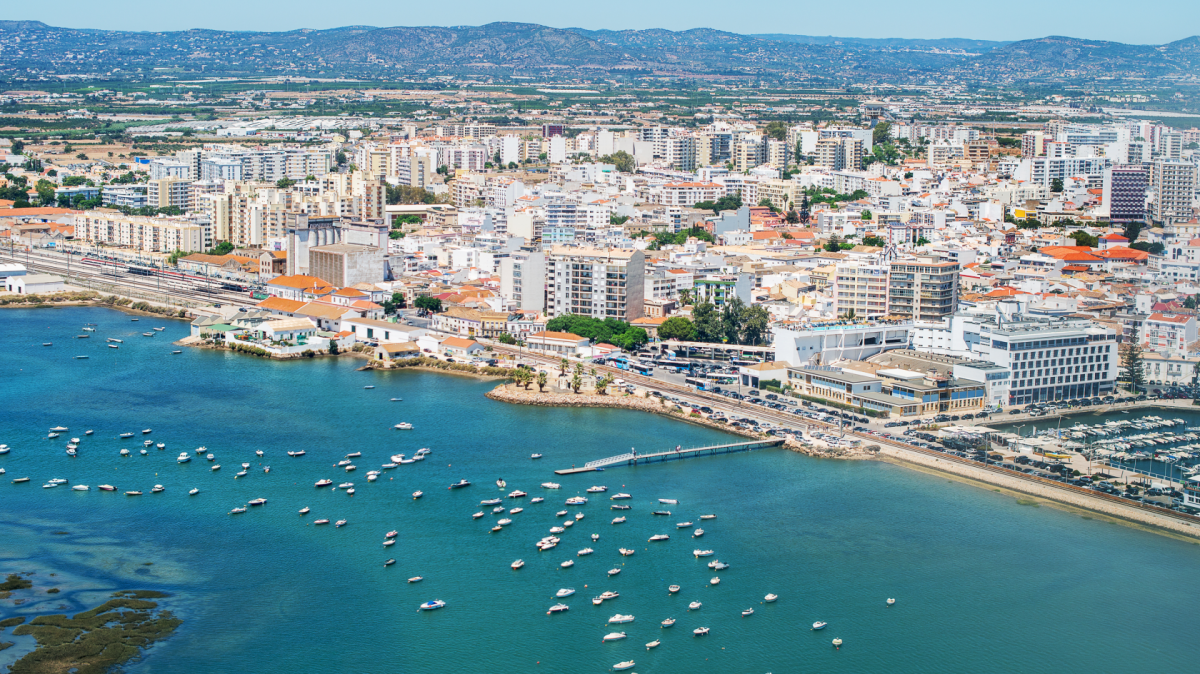It was a “dynamic inspection journey, using a train provided by CP, consisting of a 2240 series electric railcar (UTE2240)”, explains Infraestruturas de Portugal, in a statement.
The journey was considered to be a “success2 and “was carried out as part of the certification process for the entry into service of the electrification that is being developed”.
With the completion of the certification of the connection between the Faro and Vila Real de Santo António Stations, another 56 kilometres of electrified track will enter service on the national railway network, a section that directly serves the municipalities of Faro, Olhão, Tavira, Castro Marim and Vila Real de Santo António.
According to IP, the start of operations with electric traction will promote “a significant improvement in the levels of operation, supply and sustainability of rail transport to support the mobility of the population in the Algarve region”.
This is an investment that “will also contribute to boosting the tourism sector, the main economic activity in the region, by increasing mobility between the main cities in the Algarve and long-distance connections to Lisbon and the North of the country”.
The operation of the Algarve Line along its entire length, using electric rolling stock, will allow the population of the Algarve to have direct access to long-distance services, without the need to change trains, and will reduce travel time between Lagos and Vila Real de Santo António by around 25 minutes.
















At last - the beginning of the certification process! I can't help feeling that elsewhere a launch date for new services - and, hopefully, new timetables! - would have been publicised months ago, with considerable publicity, but all enquiries to CP staff are met with blank looks and shrugs of the shoulders. I suppose publicising a launch date would commit CP to meeting it, but... well, this is Portugal!
By David Collins from UK on 27 Jun 2025, 11:19